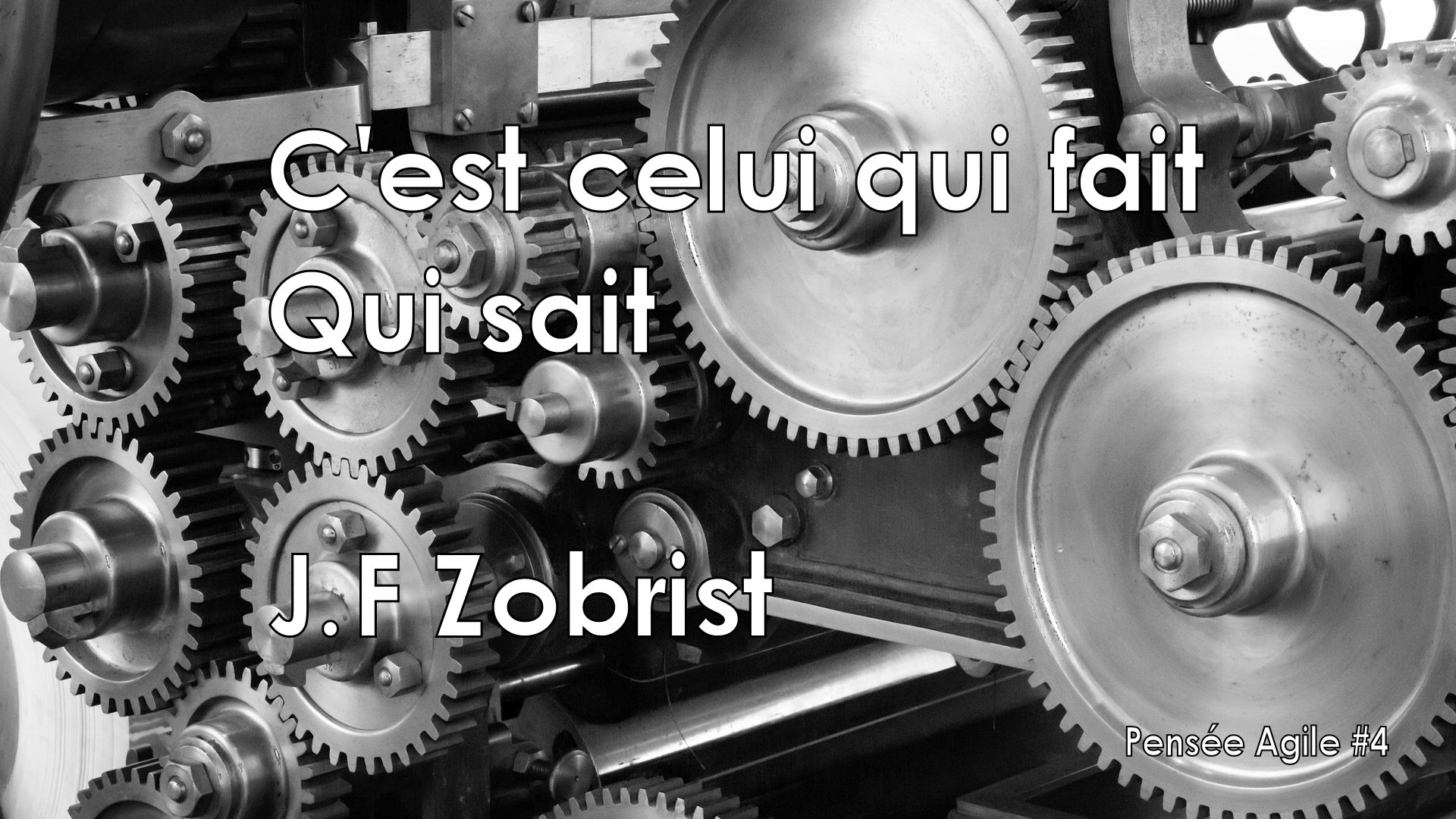Agile Layout - Streamlining Item Growth for Faster Results
페이지 정보
작성자 Belle 작성일24-12-26 17:05 조회19회 댓글0건관련링크
본문
Intro
Agile Design is transforming the means groups develop, examination, and launch products. Combining active methodology with style reasoning, Agile Style provides a flexible and iterative method that enables teams to respond promptly to market shifts, integrate user comments, and continuously improve item top quality. As companies progressively go for a much faster time-to-market and a much better customer experience, Agile Design has actually become a useful technique.
What is Agile Layout?
At its core, Agile Design is the blend of agile advancement principles with user-centered style strategies. Agile Layout inevitably leads to a product that fulfills individuals' needs extra effectively.
Trick Principles of Agile Style
User-Centric Technique: Agile Layout positions individuals at the center. By consistently screening and refining based on feedback, designers make certain the item straightens with real-world customer assumptions and demands.
Partnership: Agile Style highlights team effort, breaking down silos and motivating close partnership in between designers, designers, and stakeholders. This enhances communication and guarantees that each team member's understandings notify layout choices.
Iterative Advancement: Agile Layout counts on repetitive cycles-- brief, concentrated sprints of work that result in fast prototypes and fast screening. This allows groups to recognize and repair concerns early, enhancing both speed and high quality.
Adaptability: Agile Layout adapts to transforming needs throughout the task. Teams focus on adaptability, changing as user demands develop or market problems change.
Advantages of Agile Style
Agile Design offers several crucial advantages. It speeds up time-to-market by developing area for fast adjustments, reduces wasted sources, and reduces the risk of supplying an item that falls brief of user expectations. In Addition, Agile Layout fosters a society of flexibility, making it easier for groups to pivot as new insights emerge.
 Executing Agile Design
Executing Agile Design
To execute Agile Style, begin by breaking down the layout procedure right into sprints, setting clear purposes for every phase. Foster a society of cross-functional partnership by urging communication in between all involved teams. On a regular basis test designs with real individuals to guarantee that the item stays aligned with advancing requirements.
Incorporating agile method with design thinking, Agile Design supplies a versatile and repetitive approach that permits groups to react promptly to market changes, include user responses, and constantly boost item top quality. At its core, Agile Layout is the blend of agile advancement principles with user-centered style methods. Agile Design ultimately leads to a product that satisfies customers' requirements extra effectively.
To carry out Agile Style, start by breaking down the layout procedure right into sprints, setting clear objectives for each stage.
Agile Design is transforming the means groups develop, examination, and launch products. Combining active methodology with style reasoning, Agile Style provides a flexible and iterative method that enables teams to respond promptly to market shifts, integrate user comments, and continuously improve item top quality. As companies progressively go for a much faster time-to-market and a much better customer experience, Agile Design has actually become a useful technique.
What is Agile Layout?
At its core, Agile Design is the blend of agile advancement principles with user-centered style strategies. Agile Layout inevitably leads to a product that fulfills individuals' needs extra effectively.
Trick Principles of Agile Style
User-Centric Technique: Agile Layout positions individuals at the center. By consistently screening and refining based on feedback, designers make certain the item straightens with real-world customer assumptions and demands.
Partnership: Agile Style highlights team effort, breaking down silos and motivating close partnership in between designers, designers, and stakeholders. This enhances communication and guarantees that each team member's understandings notify layout choices.
Iterative Advancement: Agile Layout counts on repetitive cycles-- brief, concentrated sprints of work that result in fast prototypes and fast screening. This allows groups to recognize and repair concerns early, enhancing both speed and high quality.
Adaptability: Agile Layout adapts to transforming needs throughout the task. Teams focus on adaptability, changing as user demands develop or market problems change.
Advantages of Agile Style
Agile Design offers several crucial advantages. It speeds up time-to-market by developing area for fast adjustments, reduces wasted sources, and reduces the risk of supplying an item that falls brief of user expectations. In Addition, Agile Layout fosters a society of flexibility, making it easier for groups to pivot as new insights emerge.
 Executing Agile Design
Executing Agile DesignTo execute Agile Style, begin by breaking down the layout procedure right into sprints, setting clear purposes for every phase. Foster a society of cross-functional partnership by urging communication in between all involved teams. On a regular basis test designs with real individuals to guarantee that the item stays aligned with advancing requirements.
Incorporating agile method with design thinking, Agile Design supplies a versatile and repetitive approach that permits groups to react promptly to market changes, include user responses, and constantly boost item top quality. At its core, Agile Layout is the blend of agile advancement principles with user-centered style methods. Agile Design ultimately leads to a product that satisfies customers' requirements extra effectively.
To carry out Agile Style, start by breaking down the layout procedure right into sprints, setting clear objectives for each stage.
댓글목록
등록된 댓글이 없습니다.